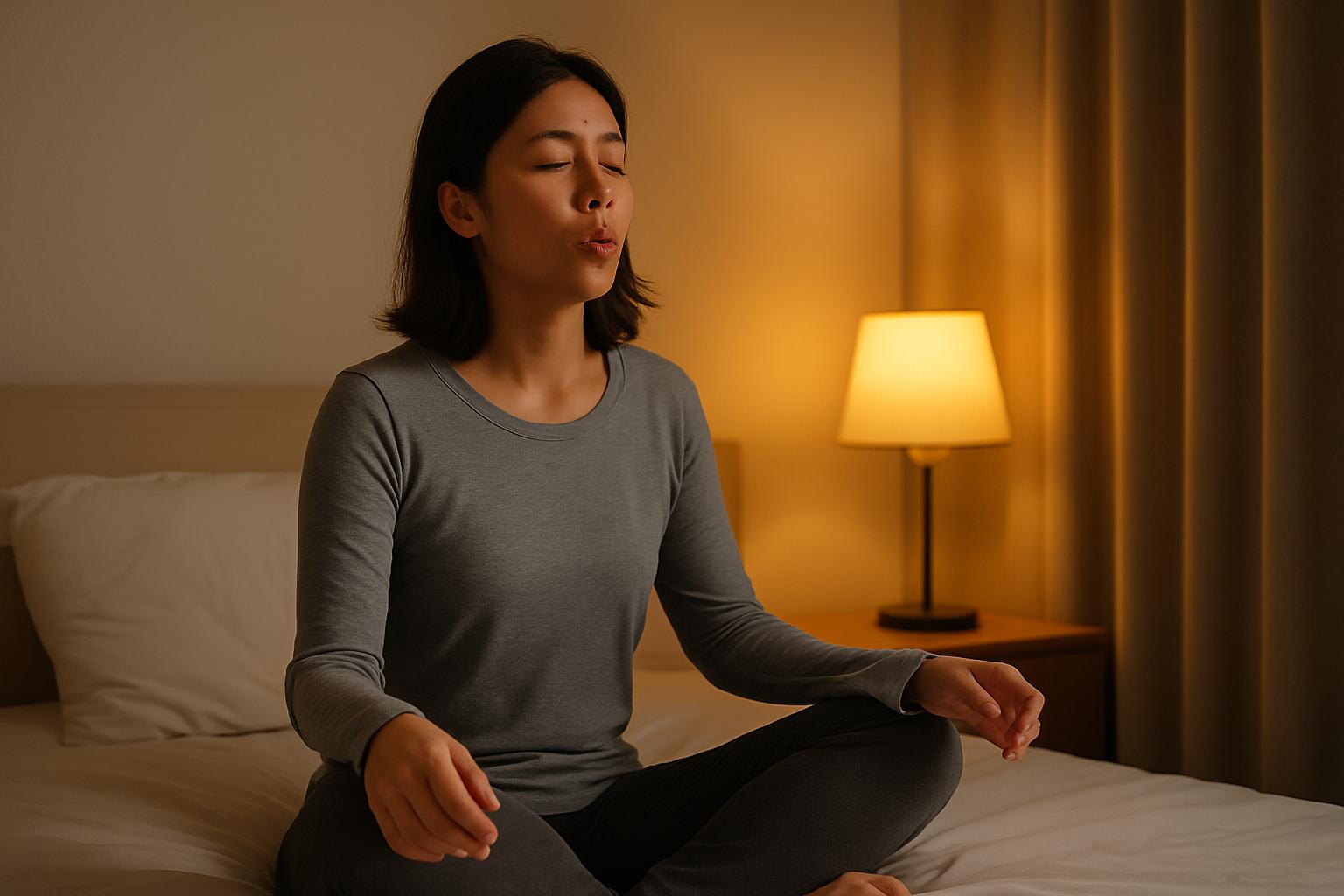The coronary arteries are the highways to the heart, the blood vessels that envelop the entire organ, supplying the heart with the continual supply of blood, oxygen, and nutrients it requires. If the major arteries become clogged or blocked, the flow of blood is restricted, reducing the supply of oxygen and nutrients to the heart, and affecting its ability to function properly. Use acupressure points for clogged arteries as part of a holistic approach to take care of your heart and help prevent serious health conditions from arising.
What Are The Causes Of Clogged Arteries?
Blocked or clogged arteries are caused by atherosclerosis, a hardening of the arteries due to the build-up of fatty deposits and the fibrous material that develops around it in the interior lumens. The build-up of plaque in the coronary arteries decreases the flow of blood to the heart, causing angina (chest pain) and shortness of breath.
Since plaque is made up of fats and cholesterol, eating foods high in these substances can lead to clogged arteries. Think of the arteries as the body’s plumbing—if the pipes are clogged with grime, the flow becomes restricted or even blocked. With less room for the blood to flow, the heart has to work harder to push blood through the arteries. This increases blood pressure and places strain on the heart, and can eventually cause a heart attack.
Can Acupressure For Arteries Help Prevent Atherosclerosis?
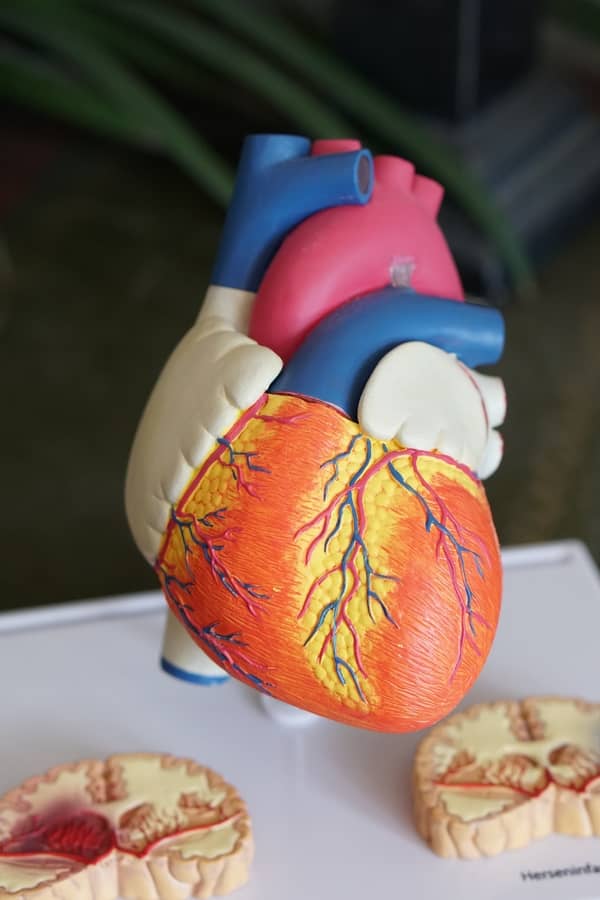
Preventing atherosclerosis, or clogged arteries requires a holistic approach. Changing your lifestyle can help to reduce the build-up of plaque in the coronary arteries, relieving the strain on your heart and reducing your chance of coronary artery disease.
Avoiding foods high in fat and cholesterol will help to keep the arteries clear. If you’re a smoker, quitting the habit will decrease the formation of plaque inside the arteries. Regular exercise and stress management can also reduce atherosclerotic plaques, keep the blood flowing freely through the highways to the heart, and reduce the formation of venous thrombosis.
Acupressure for the arteries should form a part of this holistic treatment. Clinical studies have shown the effectiveness of acupressure in opening the coronary arteries, and suggest that acupuncture could be used in the treatment of myocardial ischemia, a condition where healthy blood flow to the heart is restricted.
What Are The Acupressure Points For Clogged Arteries?
Acupoint: PC-8 (Other Names: Pericardium-8/Lao Gong/Palace of Toil)
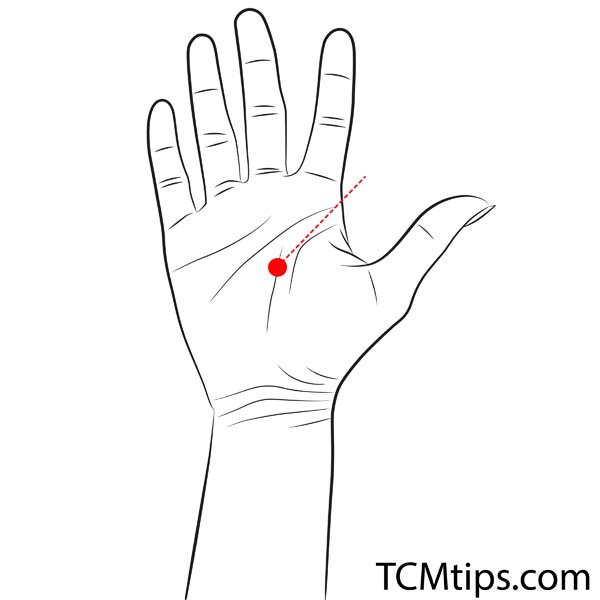
The PC-8 acupoint is located on the pericardium meridian, connecting it to the heart and the major functions of the body. Stimulation here helps promote blood circulation, making it one of the important acupressure points for clogged arteries.
The Lao Gong, as it’s known in Chinese, is known for its ability to bring balance to the body. Acupressure here helps to clear heat from the heart and calm the Shen, which may relieve symptoms of heart palpitations. In addition to its usefulness in lowering heart rate, PC-8 is one of the acupressure points for sleep in the hand.
The PC-8 acupoint is found in the middle of the palm, between the bones of the middle and ring fingers. If you make a loose fist with your hand, your middle finger should arrive at this point.
Apply firm pressure by pressing with your thumb, moving the thumb in circular motions while breathing deeply.
Acupoint: PC-6 (Other Names: Pericardium-6/Nei Guan/Inner Gate)
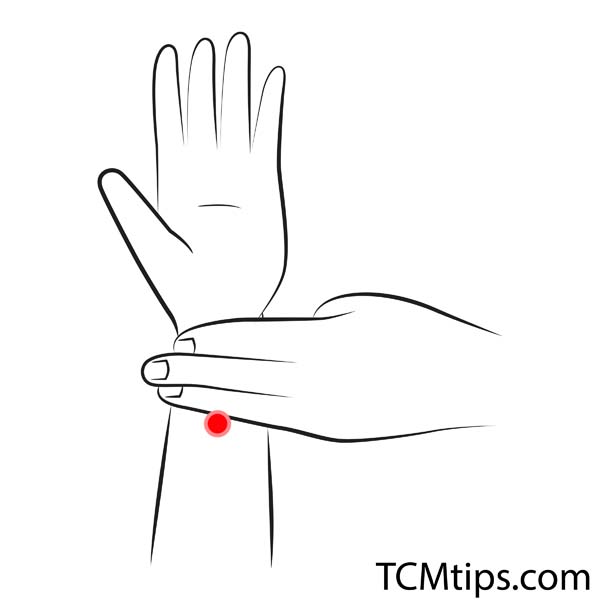
PC-6, known as the “inner gate,” is another useful acupressure point for clogged arteries located on the pericardium meridian. Acupressure at PC-6 calms and balances the energies of the body, relieving tightness or tension in the chest or abdominal areas, making it one of the acupressure points for good digestion during menopause.
Acupuncture treatments at the Nei Guan have been shown in clinical trials to open the coronary arteries, improving heart function and allowing the blood to flow more freely to the heart. Researchers from the Qian’an Hospital of TCM have shown the efficacy of acupuncture for the treatment of carotid artery related atheroscerosis.
Researchers from the Qian’an Hospital of TCM (Traditional Chinese Medicine) investigated the efficacy of acupuncture for the treatment of carotid artery related atherosclerosis.
Find this point by measuring three finger widths up from the center of the arm with you palm facing upwards. Look for the slight indent between the two tendons here, and apply firm pressure.
Acupoint: KI-1 (Other Names: Kidney-1/Yong Quan/Gushing Spring)
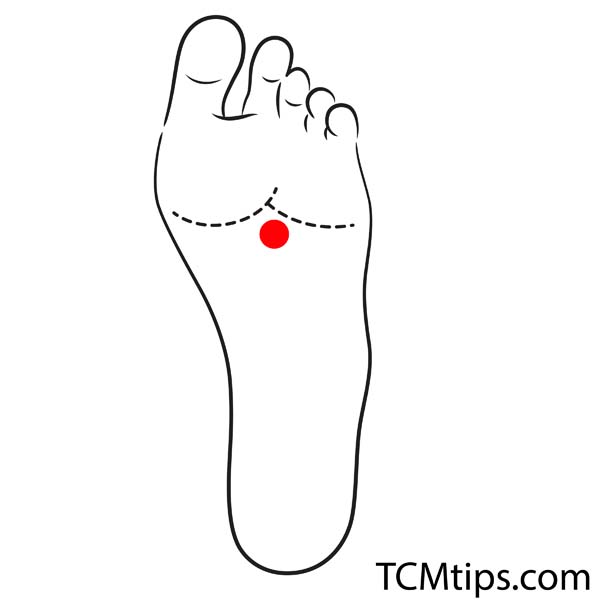
The first of the kidney meridian points is located on the soles of the feet, between the second and third toes. If you bend your toes forward slightly, you should see a small curve around one-third of the way down from the tip of the toes—the KI-1 acupoint is located there.
Along with having a general calming effect, stimulation of the Yong Quan is known to improve blood circulation, making it another one of the useful acupressure points for clogged arteries.
Apply firm pressure at the acupoint for three seconds, then pause for three seconds. Perform multiple cycles for the best results.
Acupoint: Liv-3 (Other Names: Liver-3/Tai Chong/Supreme Rush)

Stimulation of the Tai Chong acupoint, located on the liver meridian, helps to relieve tension and lower blood pressure, and is used to bring relief to patients suffering from anxiety. It’s considered one of the primary acupuncture points for relaxation.
This acupuncture point is utilized alongside LI-4 to improve the flow of blood and Qi throughout the body. In Traditional Chinese Medicine (TCM), the Tai Chong regulates the liver Qi and calms the Shen. Stimulation here helps to supply blood to the heart and relieve numbness or thrombosis in the lower limbs, making it a useful acupressure point for clogged arteries.
Locate the Liv-3 near the top of the foot, between the tendons of the big toe and the second toe, at the meeting point of the first and second metatarsal bones. Breathe deeply as you massage the acupressure point two to five times, for five to ten seconds each time.

Try our Anti-Aging Gua Sha Tool designed to bring out your skin’s natural glow.
Best Gua Sha Product- Anti-Aging: The tool is designed to target 11 specific aging signs such as wrinkles and sagging skin. By following the 7-step routine, users can improve skin firmness and reduce fine lines naturally.
- Enhances Skincare Routine: It works effectively with serums and lotions, boosting absorption and efficacy of skincare products.
- Visible Skin Improvement: Users can expect a smoother complexion, reduced puffiness, and a more youthful appearance.
 P. Sze
P. Sze 






